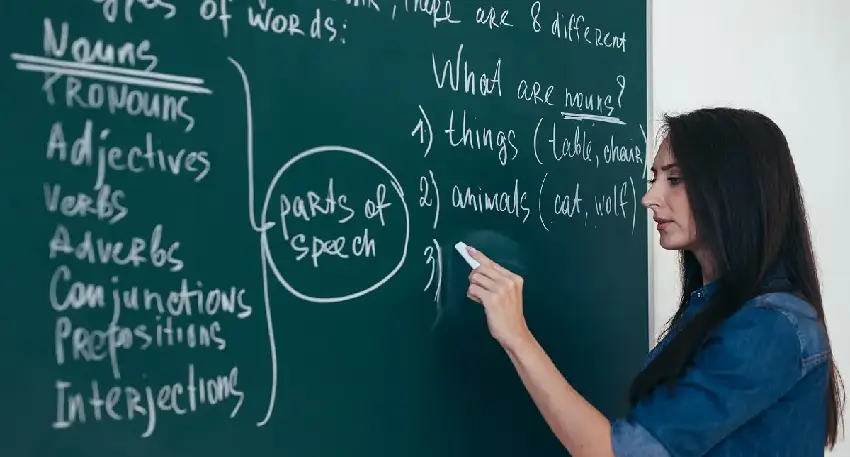The journey toward gender equality in STEM (Science, Technology, Engineering, and Mathematics) fields has been a challenging yet vital one, especially in educational settings. Historically, these fields have been male-dominated, with deep-rooted prejudices and stereotypes posing significant barriers to women. Schools play a pivotal role in dismantling these barriers, cultivating an environment where female students can pursue STEM interests and careers without bias or limitation.
Challenging Stereotypes from the Ground Up
The foundation of change lies in challenging and dispelling the stereotypes associated with women in STEM. It’s essential to move beyond the archaic notion that STEM subjects are inherently ‘male’ domains. Educators and school authorities can foster this change by integrating examples of successful female STEM professionals into their curriculum, showcasing that gender does not define scientific or mathematical aptitude.
Creating Supportive and Inclusive Classrooms
An inclusive classroom environment, where every student, regardless of gender, feels valued and supported, is crucial for encouraging female participation in STEM. Teachers can create such environments by being mindful of their interactions, ensuring they give equal attention, encouragement, and opportunities to all students. Encouraging group work, where students collaborate and learn from each other, can also help break down gender stereotypes.
Providing Role Models and Mentors
The presence of female role models and mentors in STEM fields can have a profound impact. Schools should strive to invite women working in STEM careers to speak to students, share their experiences, and provide mentorship. Seeing women who have succeeded in these fields can be incredibly inspiring for young girls and can play a significant role in motivating them to pursue similar paths.
Encouraging Exploration and Curiosity
Encouraging a natural curiosity for how things work and fostering a love for science and mathematics from an early age can set the stage for future interest in STEM. Schools can host science fairs, coding workshops, and math clubs, providing platforms for all students, especially girls, to explore these subjects in a hands-on, engaging manner.
Addressing Bias and Promoting Equality
Lastly, addressing unconscious bias in how STEM education is delivered is vital. Educators should be trained to recognize and counteract their biases in classroom interactions, teaching materials, and assessments. Promoting an ethos of equality and respect in every aspect of school culture is key to creating an environment where women in STEM can thrive.
In conclusion, the path to destroying prejudices in schools against women in STEM is multifaceted. It requires a concerted effort from educators, administrators, and the community to create an educational landscape where girls are encouraged, supported, and inspired to pursue STEM fields. By breaking down these barriers, schools can cultivate a generation of women who are empowered to innovate, research, and lead in STEM.














